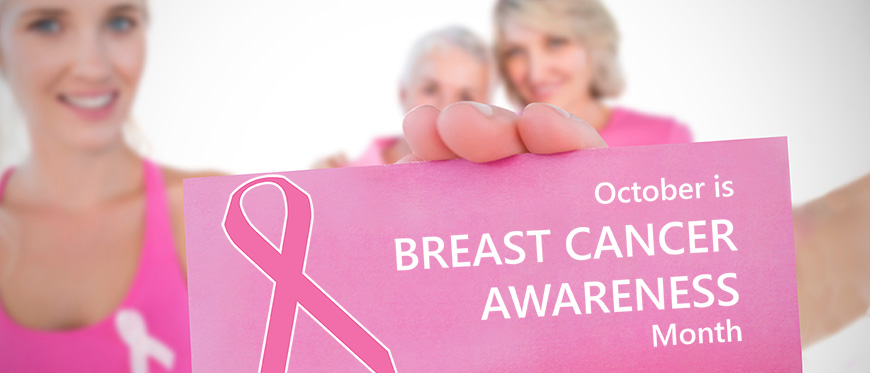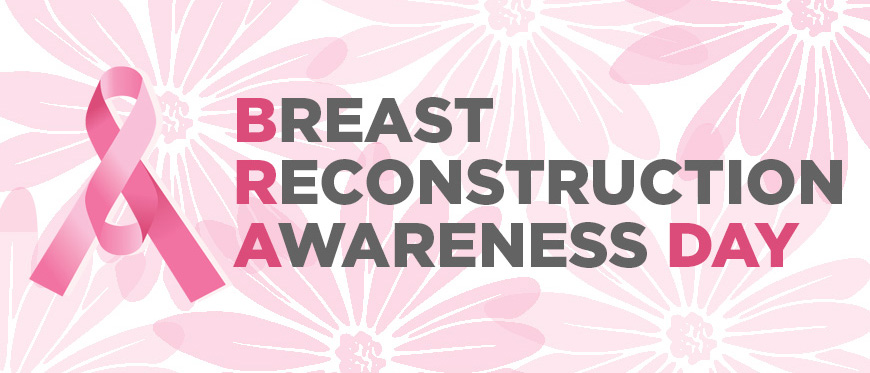This blog was reprinted by permission from the University of Vermont Medical Center HealthSource blog.
January is Cervical Cancer Awareness Month. Educate and empower yourself to protect your health and that of the ones you love.
Before the 1950s, cervical cancer was common and deadly. The introduction of Pap smear screening programs in the 1950s has resulted in a significant drop in cervical cancer incidence. Despite the groundbreaking test, about 12,000 women a year receive a diagnosis of cervical cancer. More than 4,000 women die from it annually in the United States.
What is cervical cancer and how do we prevent it?
The cervix is located at the opening of the uterus at the top of the vagina. The skin on the surface of the cervix can become cancerous when infected with a cancer-causing strain of the human papilloma virus (HPV). The skin on the cervix infected with HPV can change from normal to precancerous and can eventually become cancer. However, this may takes years to over a decade to happen. Most HPV infections disappear and never cause cervical problems, much less pre-cancers or cancers.
How do I prevent cervical cancer?
Cervical cancer prevention strategies have changed tremendously in the last decade. Today we have the tools to make cervical cancer a rare disease.
Because HPV can cause cervical cancer, the simplest way to prevent it is to prevent an HPV infection. A highly effective HPV vaccine has been in use since 2006. The HPV vaccine prevents infection with two types of HPVs that are responsible for 70 percent of all cervical cancers. In February 2015, the FDA approved a new HPV vaccine with greater coverage. They expect it to prevent 90 percent of all cervical cancers. This vaccine also prevents 90 percent of genital warts It could also possibly prevent other HPV-related cancers in the vagina, vulva, penis, anus, and oropharynx (back of the throat).
What are the barriers to prevention?
The biggest barrier is the low vaccination rate in the United States. It is important for people to receive the vaccine before exposure to HPV, or it will not be effective. HPV is sexually transmitted, so it is best to vaccinate girls and boys before any sexual activity starts. Importantly the best age to give the vaccine is between 11 and 12 years old. The immune response is highest in this age range.
Screening is still needed as current HPV vaccines do not prevent all HPV strains that cause cancer.
What cervical cancer screening tests are there?
A traditional Pap smear is performed every three years starting at age 21. For women over the age of 30, a pap and HPV test, known as cotesting, may be done every five years. Or, a woman may continue the Pap test only every three years. The FDA and the American College of Obstetricians and Gynecologists state that screening with only HPV testing every three years starting at age 25 is also an acceptable way to screen for cervical cancer.
Talk to your provider about the type of screening test that works best for you. As more people receive the HPV vaccine, and as HPV testing continues to evolve, screening recommendations are likely to change.
An excellent resource for more information is found at the Centers for Disease Control & Prevention (CDC) website.
Elisabeth Wegner, MD, a gynecologist and obstetrician, is the medical director of Gynecologic Ultrasound at the University of Vermont Medical Center. She is also associate professor at the Larner College of Medicine at UVM. Dr. Wegner’s research interests include HPV vaccination, cervical disease and ultrasound.





